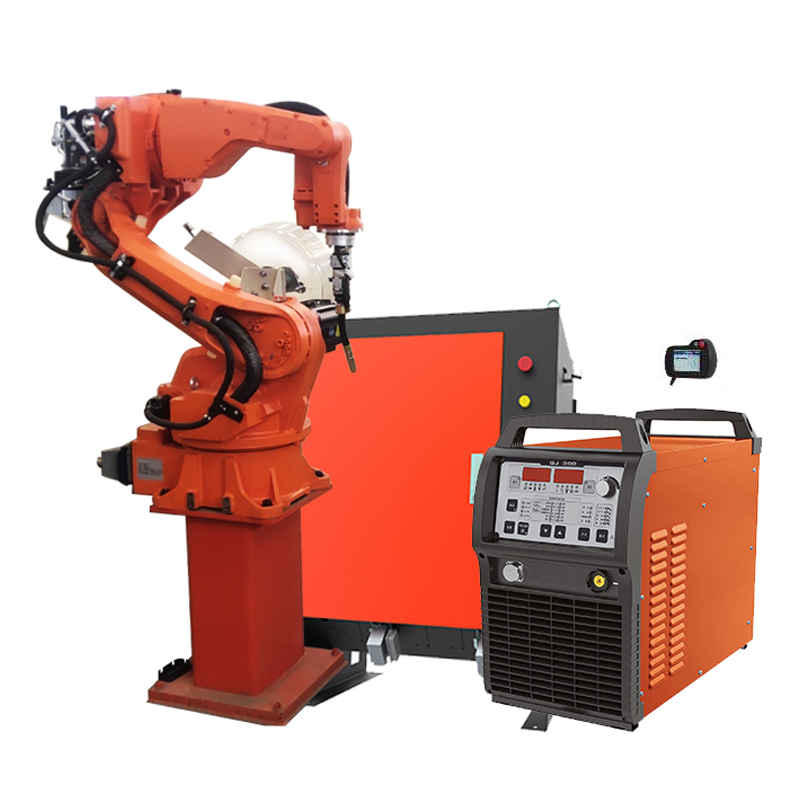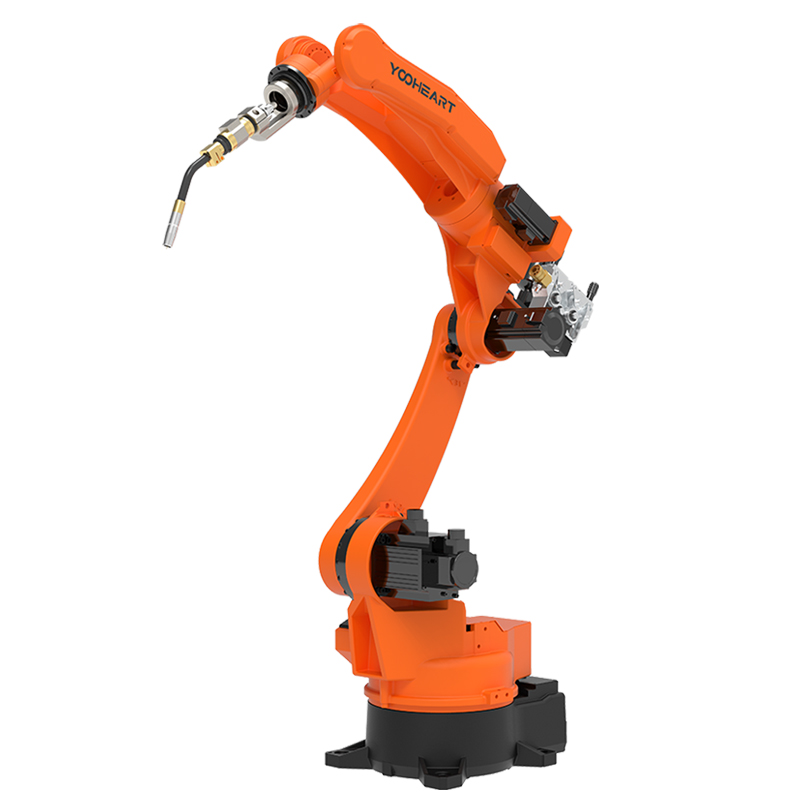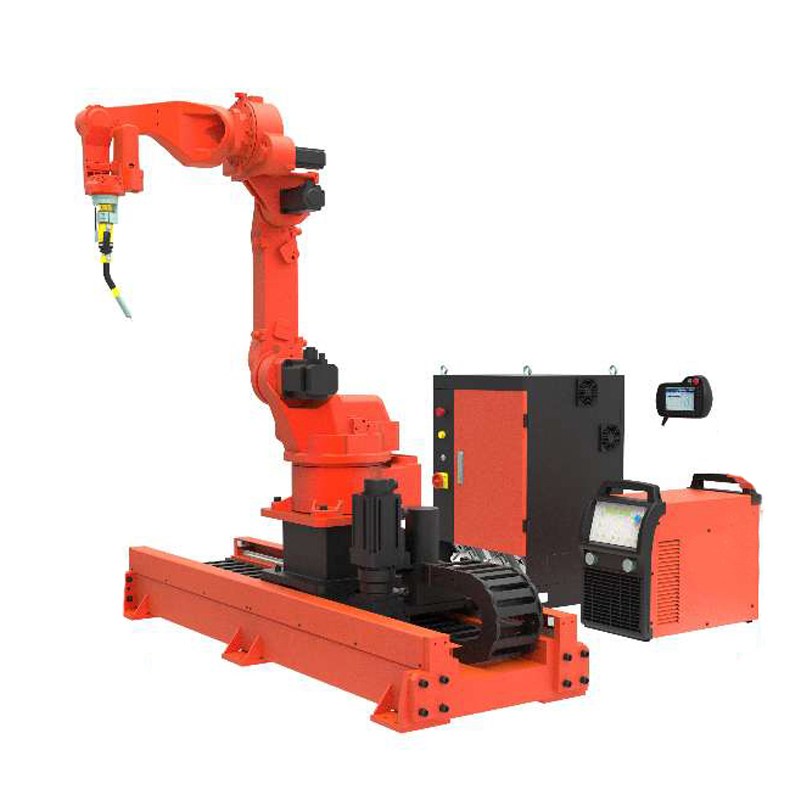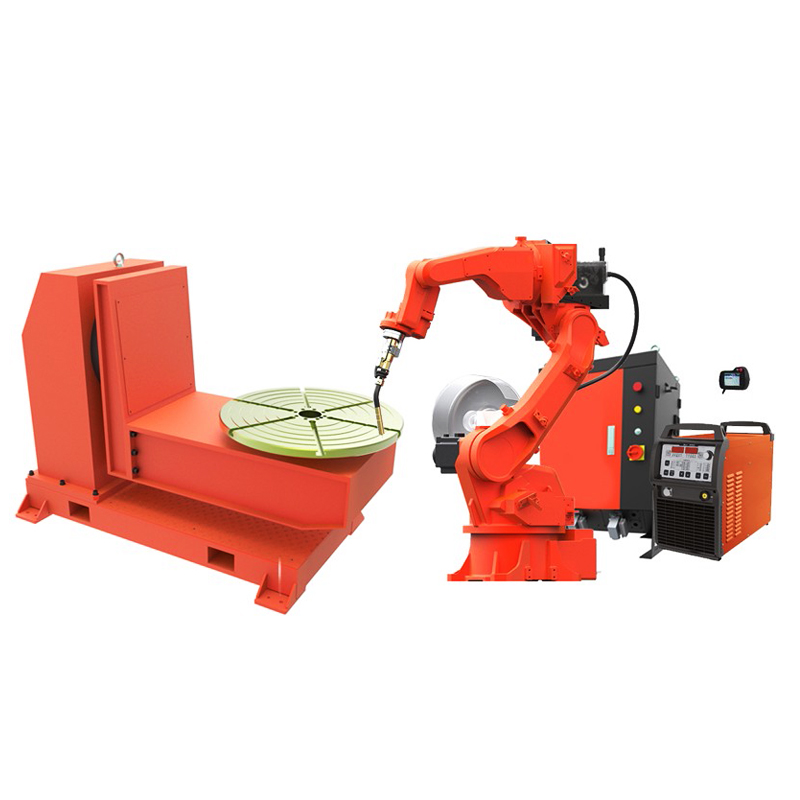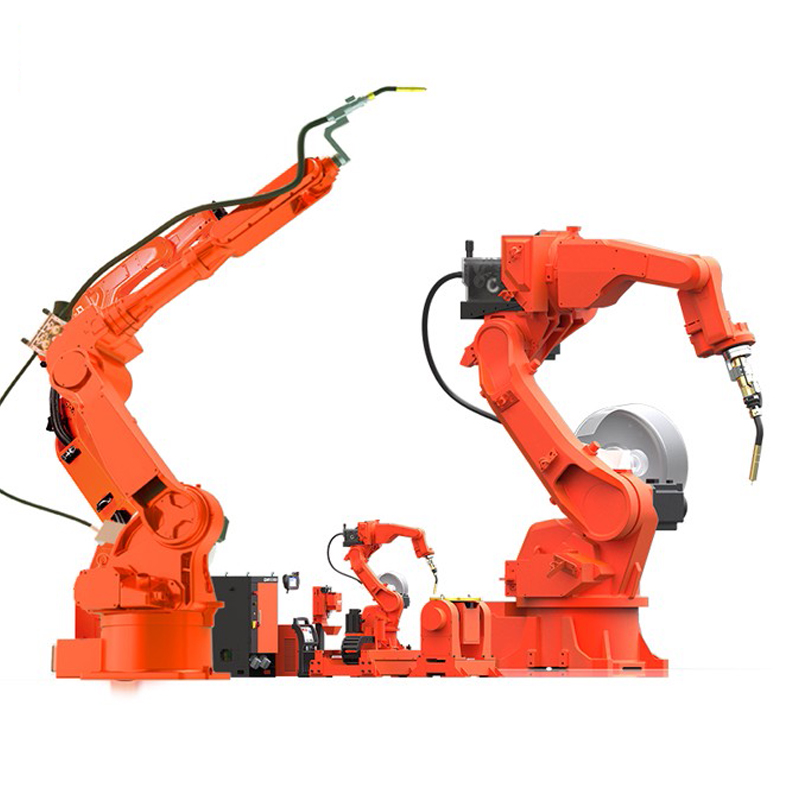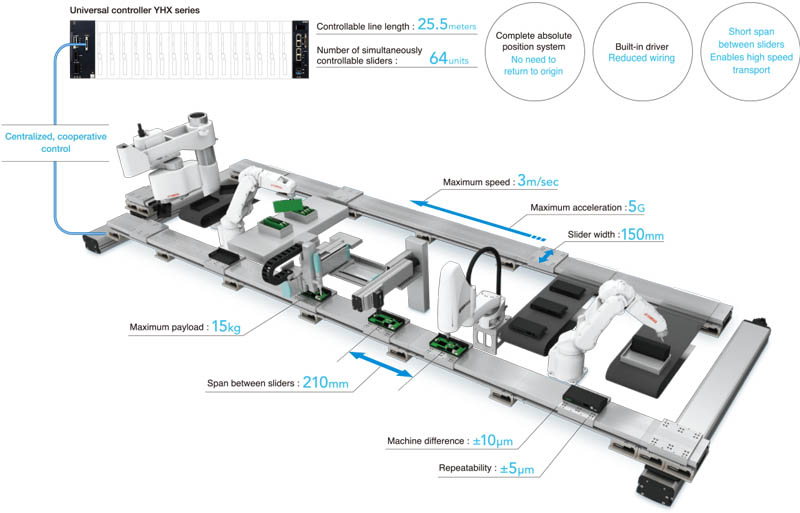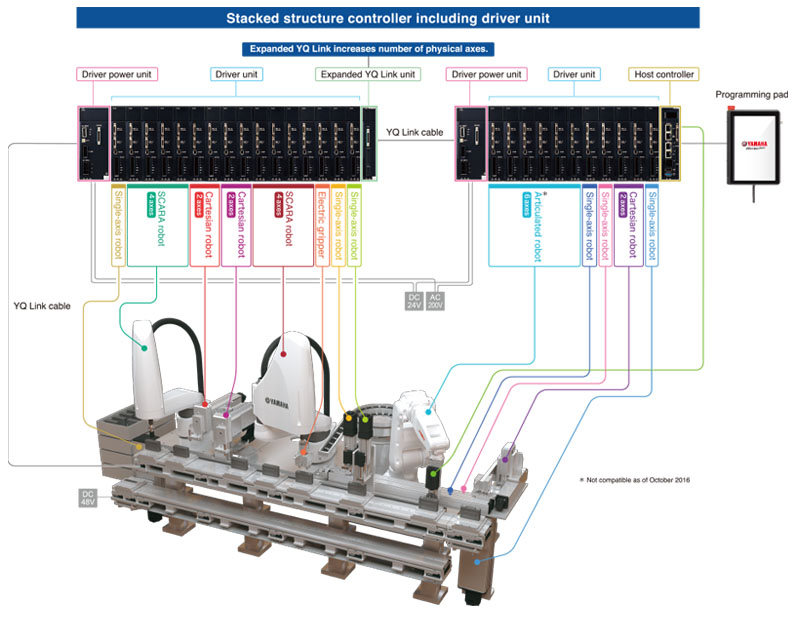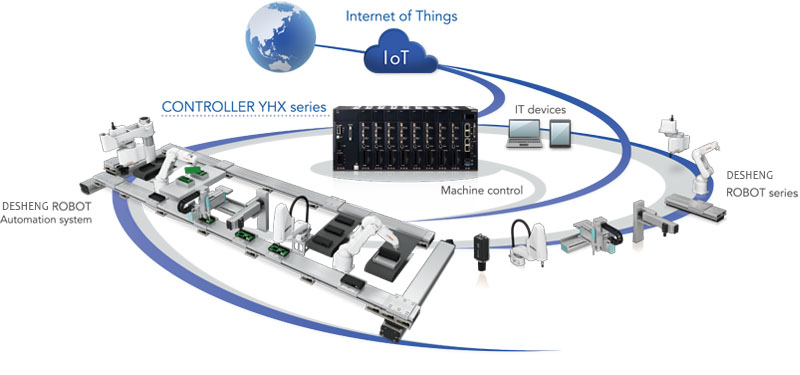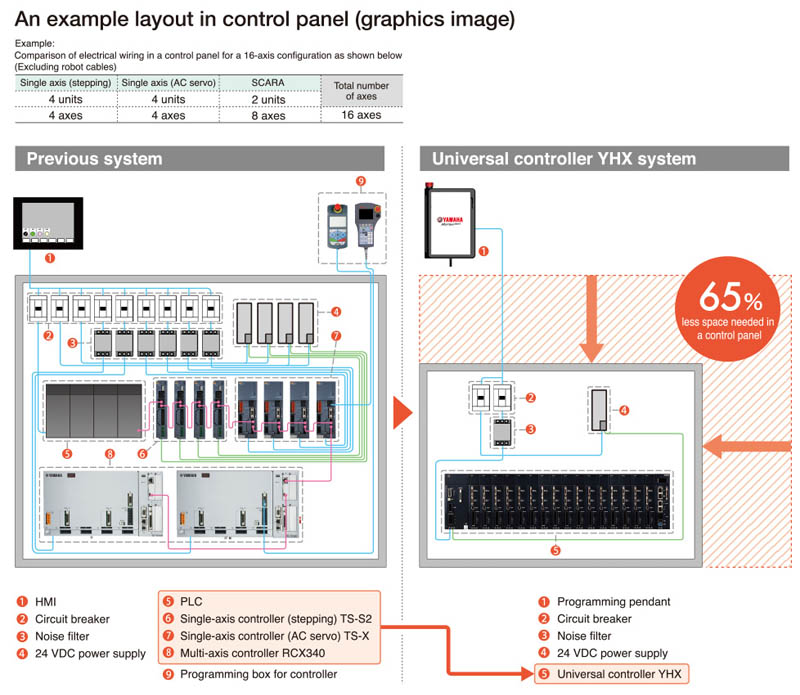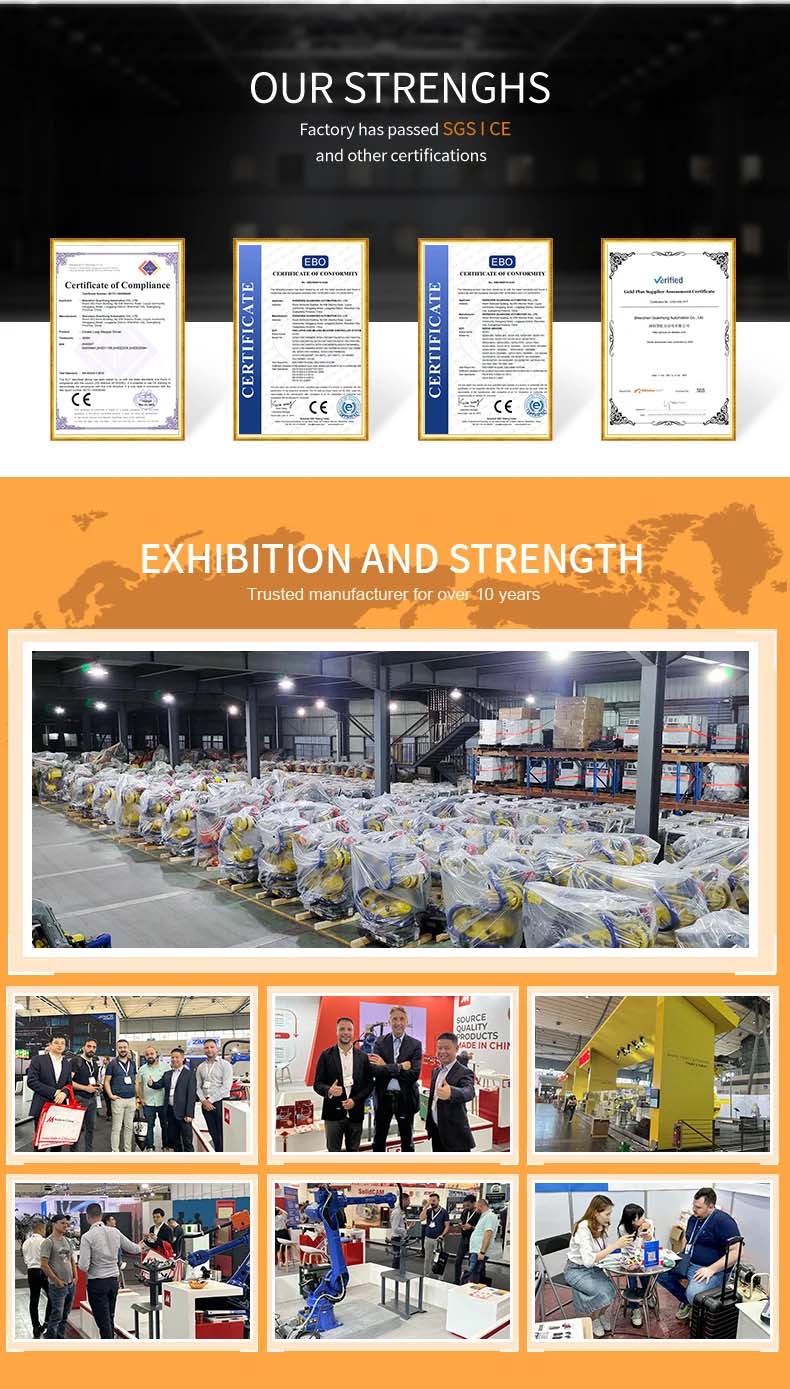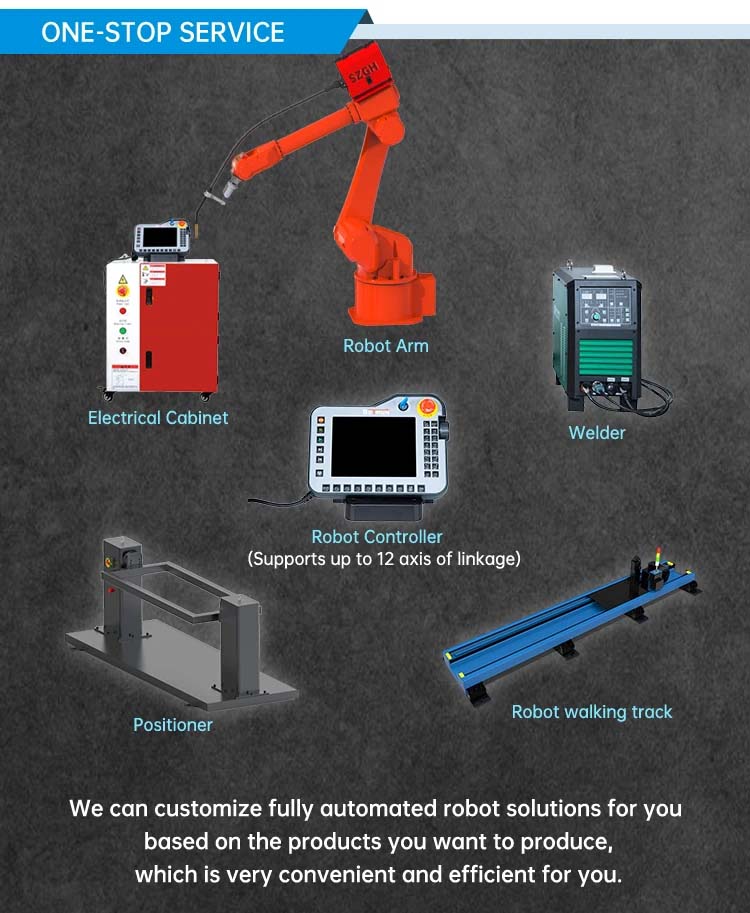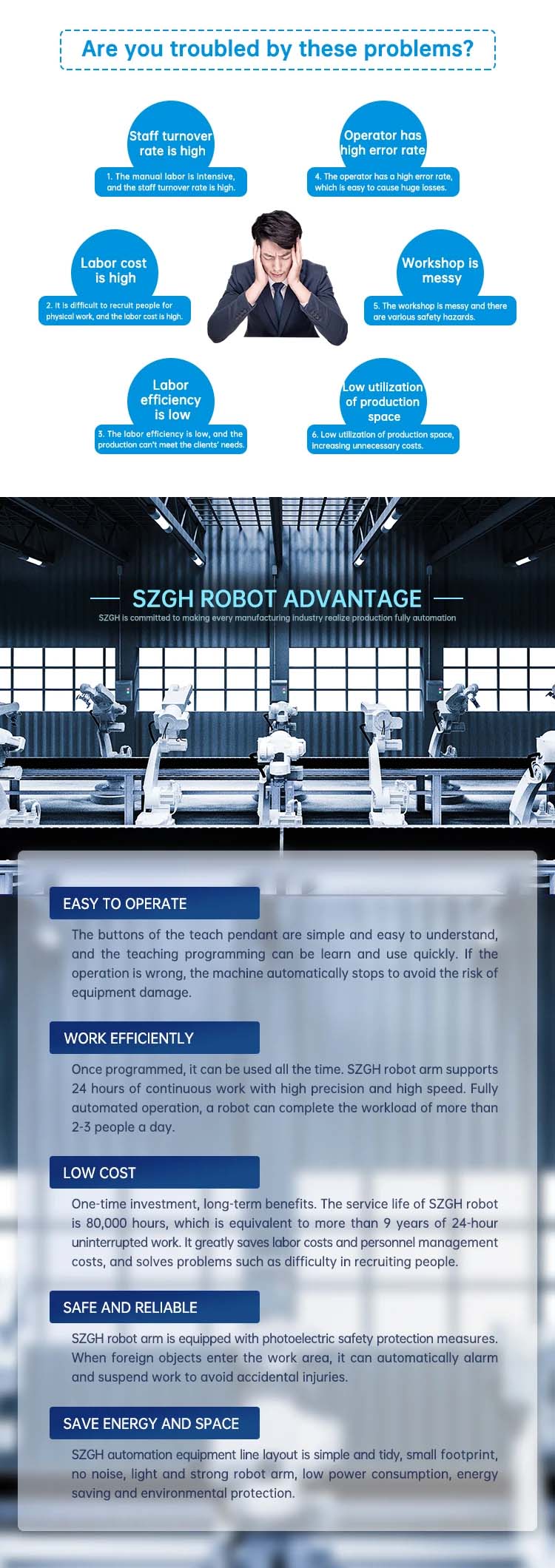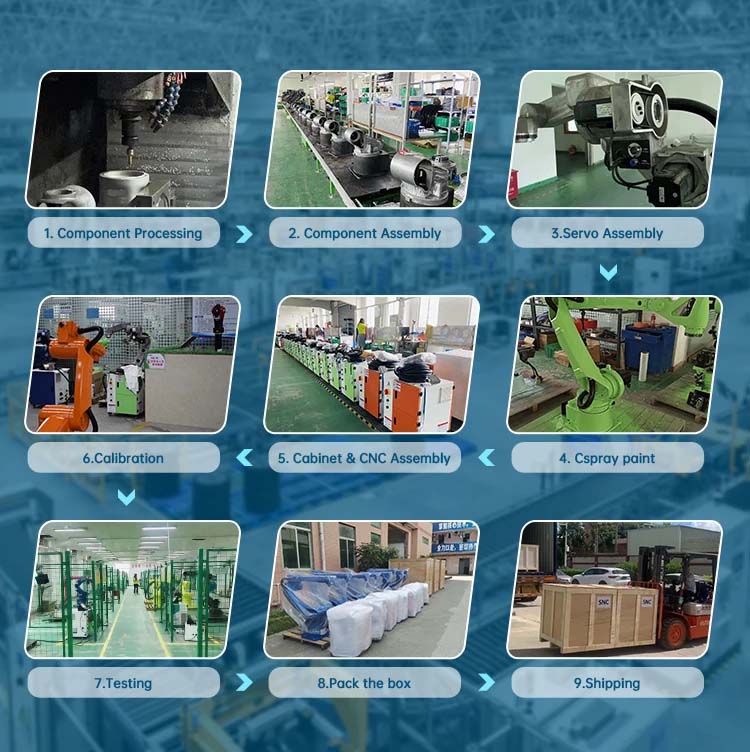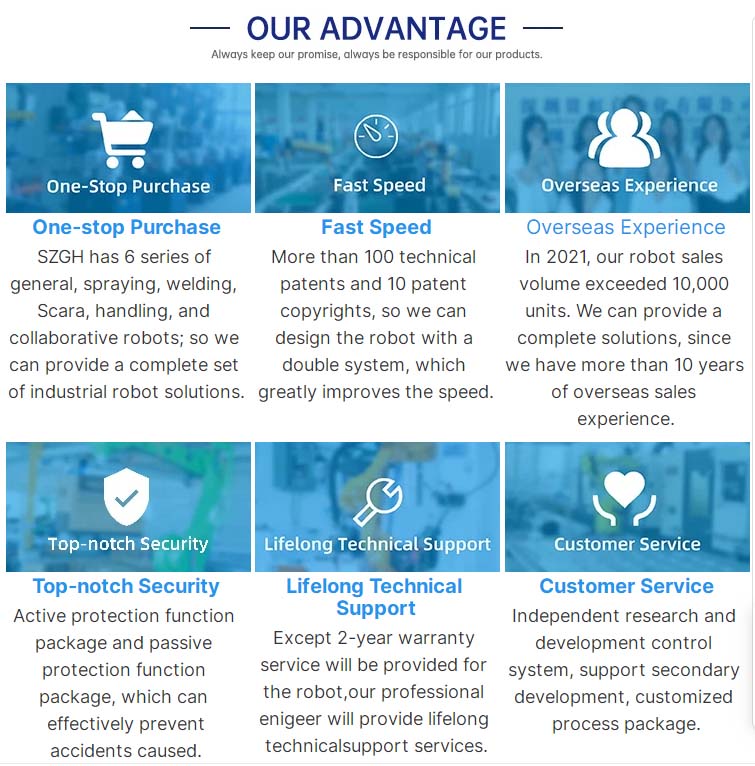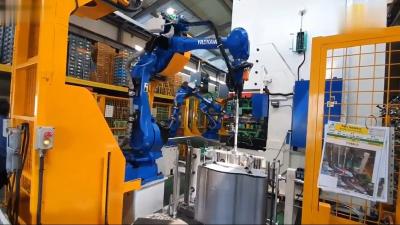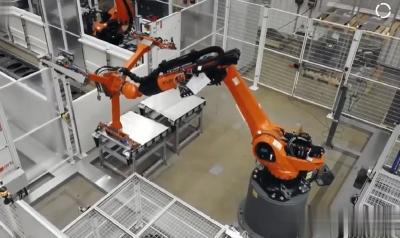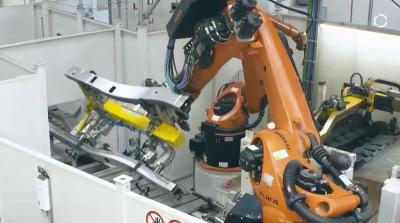Robotic Welding In Automobile
Robotic Welding In Automobile:
1,Precision: Robotic welding systems offer high accuracy and consistency, ensuring precise welds with minimal errors. The robots are programmed to follow exact paths, resulting in uniform and high-quality weld joints.
2,Increased Efficiency: Robotic welding in automobiles improves productivity and reduces production time. These robots can work continuously without fatigue, allowing for faster and more efficient welding processes. They can also multitask, performing multiple welds simultaneously in different areas of the automobile body.
3,Improved Safety: By automating the welding process, robotic systems eliminate the need for human welders to work in hazardous conditions. This reduces the risk of injuries and exposure to dangerous fumes. Additionally, the robots are equipped with advanced safety features to ensure safe operations without compromising productivity or worker well-being.
Robotic Welding In Automobile:
Robotic welding in automobiles has become increasingly common, with companies like Kuka Automation & Robotics leading the way. Their advanced robotic systems are utilized for efficient and precise welding operations.
Innovations like camera robot arms further enhance the capabilities of robotic welding. These arms, equipped with cameras, provide real-time visual feedback, ensuring accurate positioning to achieve seamless welds.
Moreover, assembly robot arms play a crucial role in the automotive industry by efficiently assembling various components. These robotic arms can handle complex tasks, resulting in faster production and improved overall quality.
Robotic welding in automobiles, backed by companies like , along with camera robot arms and assembly robot arms, brings increased efficiency and precision to the manufacturing process. This technology continues to revolutionize the automotive industry, improving productivity and ensuring high-quality welds and assemblies.


